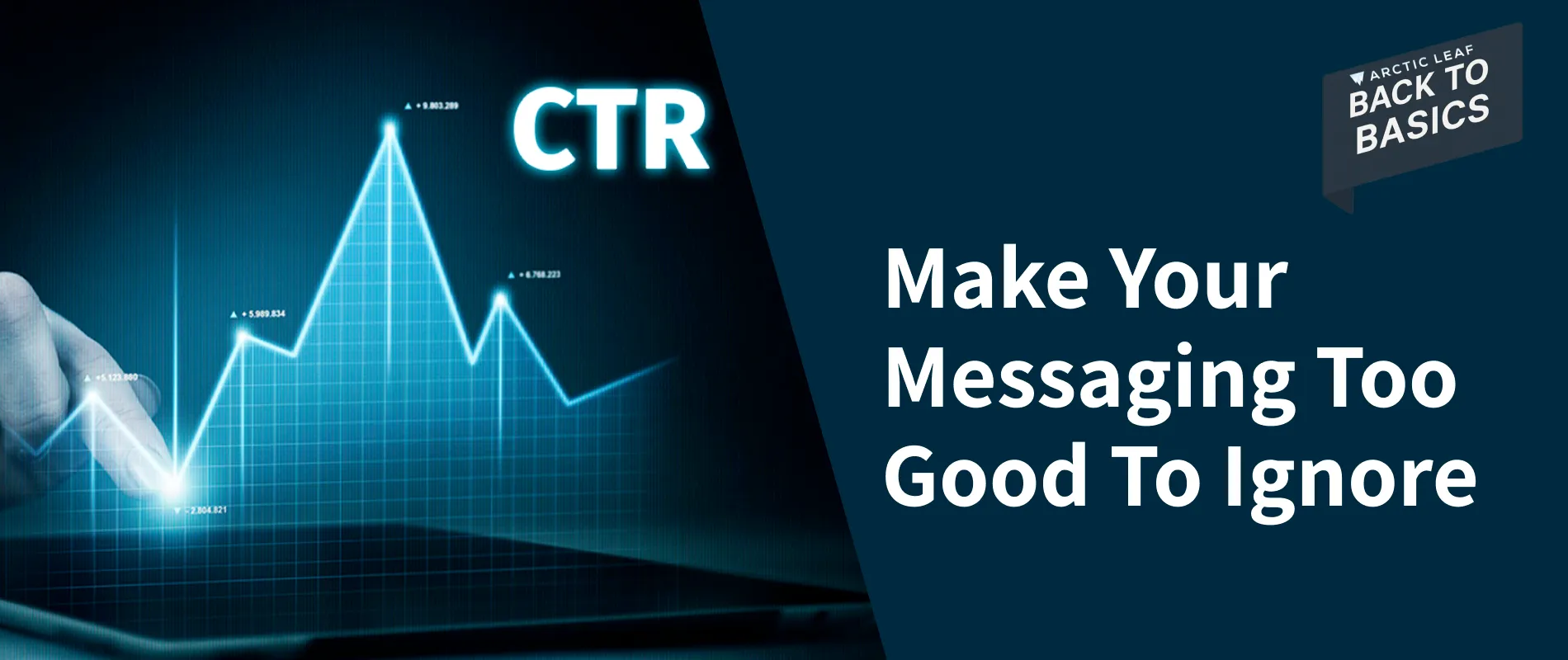The Ultimate Guide to Click-Through Rate (CTR) & How to Improve It
Key Takeaways
-
CTR measures how well ads, emails, and search results are engaging your audience and clicks.
-
Use industry benchmarks for CTR across SEO, PPC, and email to gauge your performance.
-
Refine your ad copy, A/B test, and optimize landing pages to increase your CTR.
-
Make your ads mobile-friendly and target the right keywords to improve CTR and engagement.
-
Avoid common mistakes like overcrowding ads or weak CTAs to see CTR improvements.
If your digital marketing strategy isn’t getting clicks, it’s not working. Click-through rate (CTR) tells you exactly how well your ads, emails, and search results are performing. A high CTR means your audience is engaged. A low one? Time to make changes.
But what is click-through rate, exactly? How does it differ across SEO, PPC, and email marketing? And most importantly, how can you improve it? That’s precisely what we’re going to talk about today.
CTR Benchmarks Across Different Channels
Understanding the CTR definition is fundamental in assessing the success of your digital marketing efforts. Click-through rate (CTR) refers to the percentage of people who click through on an ad or link to the target page compared to how many simply looked. A higher CTR means your content or ad is engaging and prompting action.
Benchmarks help gauge your click-through rate by comparing it to industry standards. If your CTR is above average, you're doing well. If not, it's time to adjust. Here’s how CTR typically performs across different channels:
-
CTR SEO: First-page search results average a 9.8% CTR, though this varies significantly by position.
-
PPC: Paid search ads achieve an average CTR of 2.0%.
-
Email Marketing: Personalized campaigns deliver a strong 4.0% CTR, outperforming non-segmented efforts.
These benchmarks provide a reference point, but it’s important to tailor your goals based on your industry and audience.
Strategies to Boost CTR in Paid Search and Display Advertisements
To increase CTR in your ad campaigns, focus on strategies that make your ads stand out and connect with your audience. With the right approach, you can drive higher engagement and better results. Here’s how you can get started:
-
Use Intriguing Ad Copy: Use clear, concise language with strong calls-to-action that align with user intent.
-
Utilize Ad Extensions: Incorporate additional information like site links, call buttons, or location details to make your ads more informative and appealing.
-
Target the Right Keywords: Conduct thorough keyword research so your ads appear for relevant search queries.
-
A/B Test Ads: Regularly test different ad variations to identify which elements resonate best with your audience.
-
Optimize Landing Pages: Make sure the pages users land on after clicking your ads are relevant, load quickly, and offer a smooth experience.
By refining these areas, you can raise your CTR and make your ad campaigns more impactful through CTR marketing. Keep testing and adapting to see the best results.
The Relationship Between CTR and Bounce Rate
Bounce rate refers to the percentage of visitors who leave your site after viewing only one page. A high bounce rate can indicate that your landing page or content isn't meeting visitors’ expectations. On the other hand, a low bounce rate suggests that users are staying and exploring more pages, which typically means they find your content relevant and engaging.
There’s a strong inverse relationship between CTR and bounce rate; ads with higher CTRs generally lead to lower bounce rates. This means that users who click on well-targeted, relevant ads are more likely to engage with your site's content and stay longer.
Common CTR Mistakes and How to Avoid Them
Let’s talk about some common CTR mistakes and how you can avoid them while working to improve your CTR:
-
Ignoring Mobile Users: With 62.45% of global web traffic coming from mobile devices, you’ll want to keep your ads and landing pages mobile-friendly.
-
Using Irrelevant Keywords: Targeting broad or unrelated keywords can attract the wrong audience. Focus on keywords that closely match your products or services.
-
Neglecting Ad Scheduling: Running ads at times when your target audience is less active can reduce visibility and engagement. Analyze performance data to schedule ads for optimal engagement.
-
Overcrowding Ads with Information: Too much text or too many elements can overwhelm users. Keep ads concise and focused on a single message.
-
Lack of Clear Calls-to-Action: Without a clear direction, users may not know what action to take. Use direct and compelling CTAs to guide user behavior.
Avoid these mistakes, and your CTR will rise. Focus on what works, cut out the fluff, and see the results!
Conclusion
Understanding and optimizing your click-through rate is important for successful digital marketing. By analyzing benchmarks, refining your ad strategies, and fixing common mistakes, you can improve your CTR. At Arctic Leaf, our paid advertising services are designed to help you get results and maximize your digital marketing ROI.








